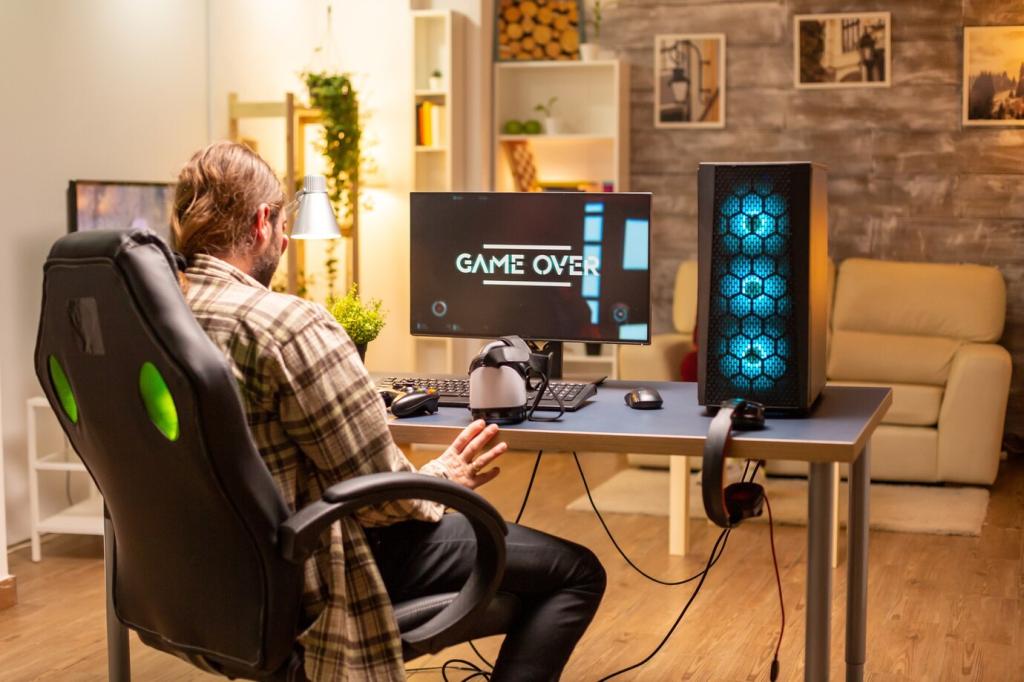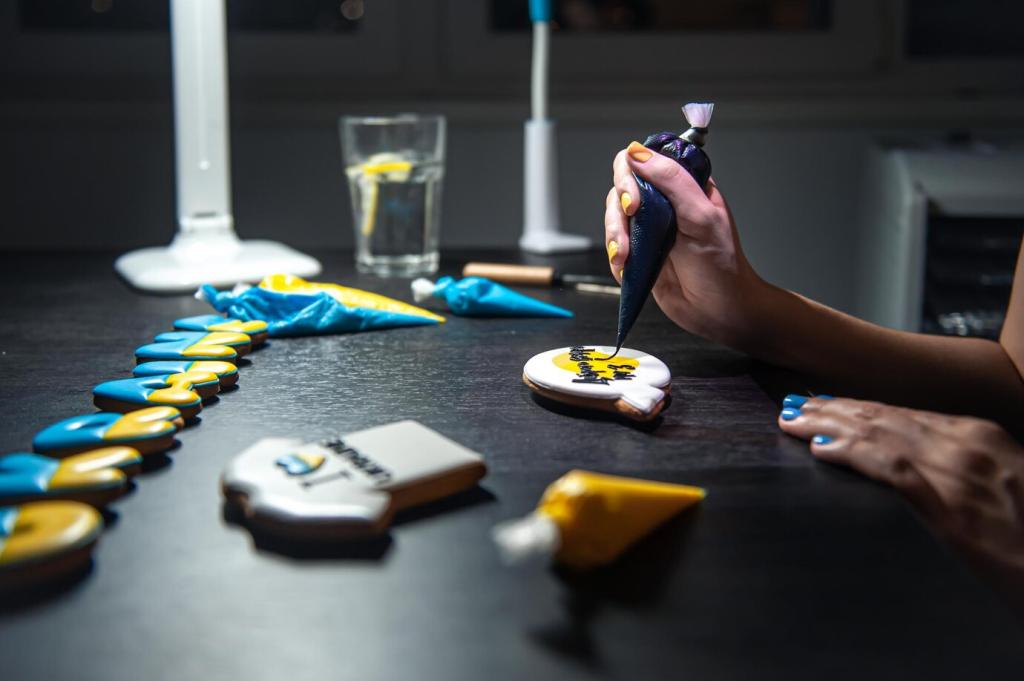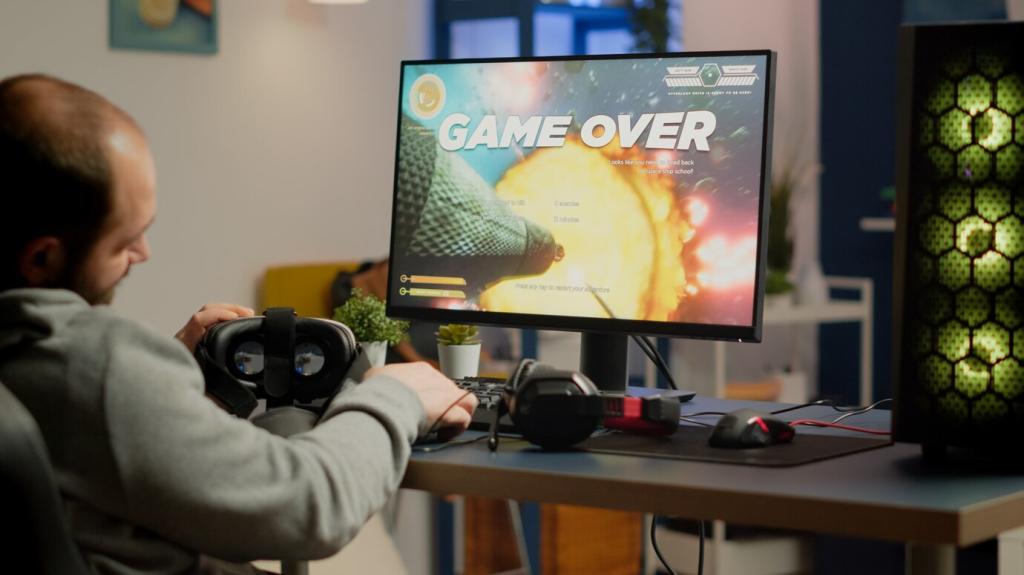The Spark: Finding a Token Idea Worth Rolling With
The most memorable Monopoly tokens often begin as simple, familiar objects—keys, mugs, or sneakers—then gain a whimsical twist that amplifies personality. Ask yourself: what tiny detail makes this object feel surprising, collectible, and unmistakably yours?
The Spark: Finding a Token Idea Worth Rolling With
Start by writing a one-sentence story: who owns this token, and why does it belong on a Monopoly board? When the narrative clicks, shape and style choices become easier, more coherent, and emotionally resonant.




